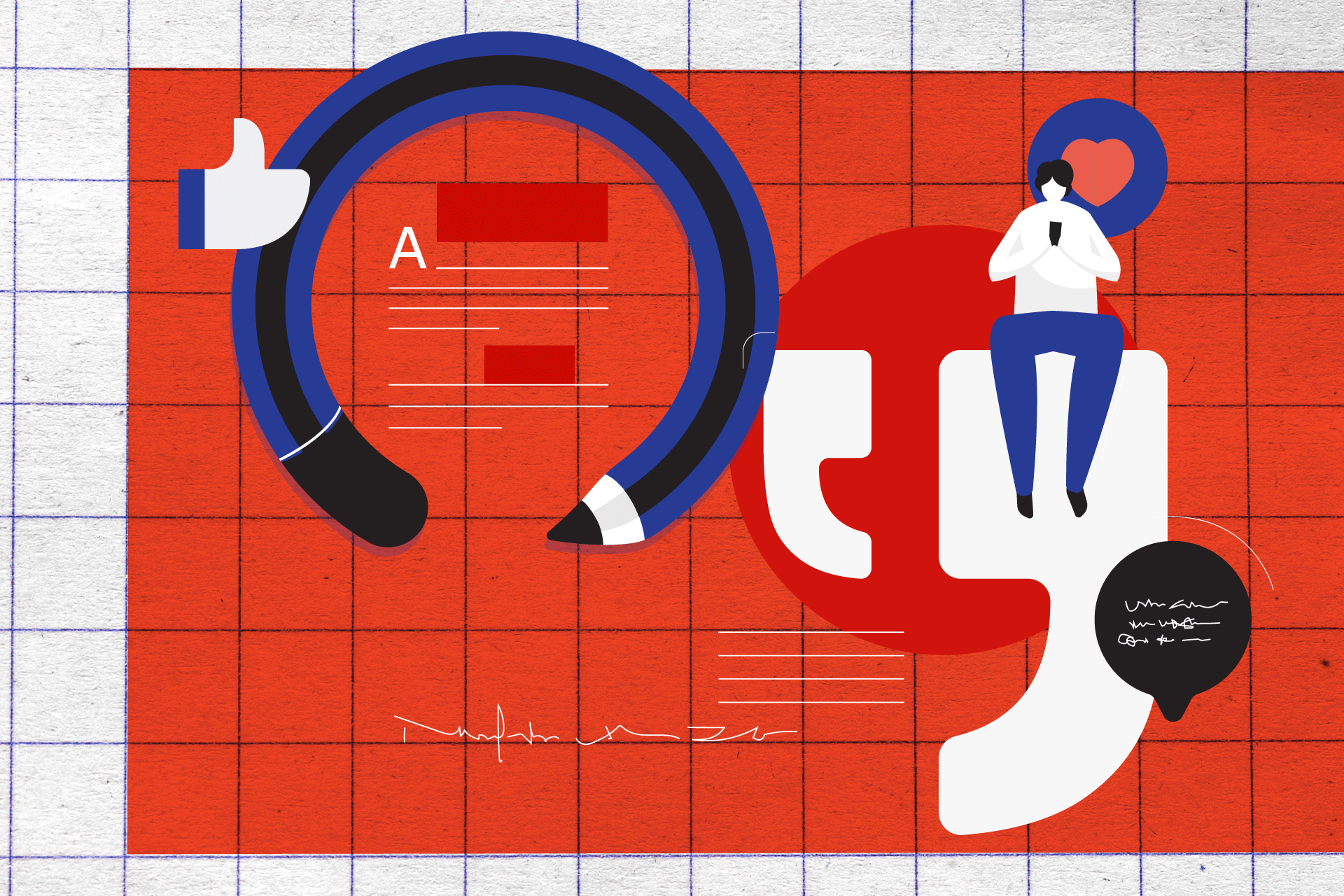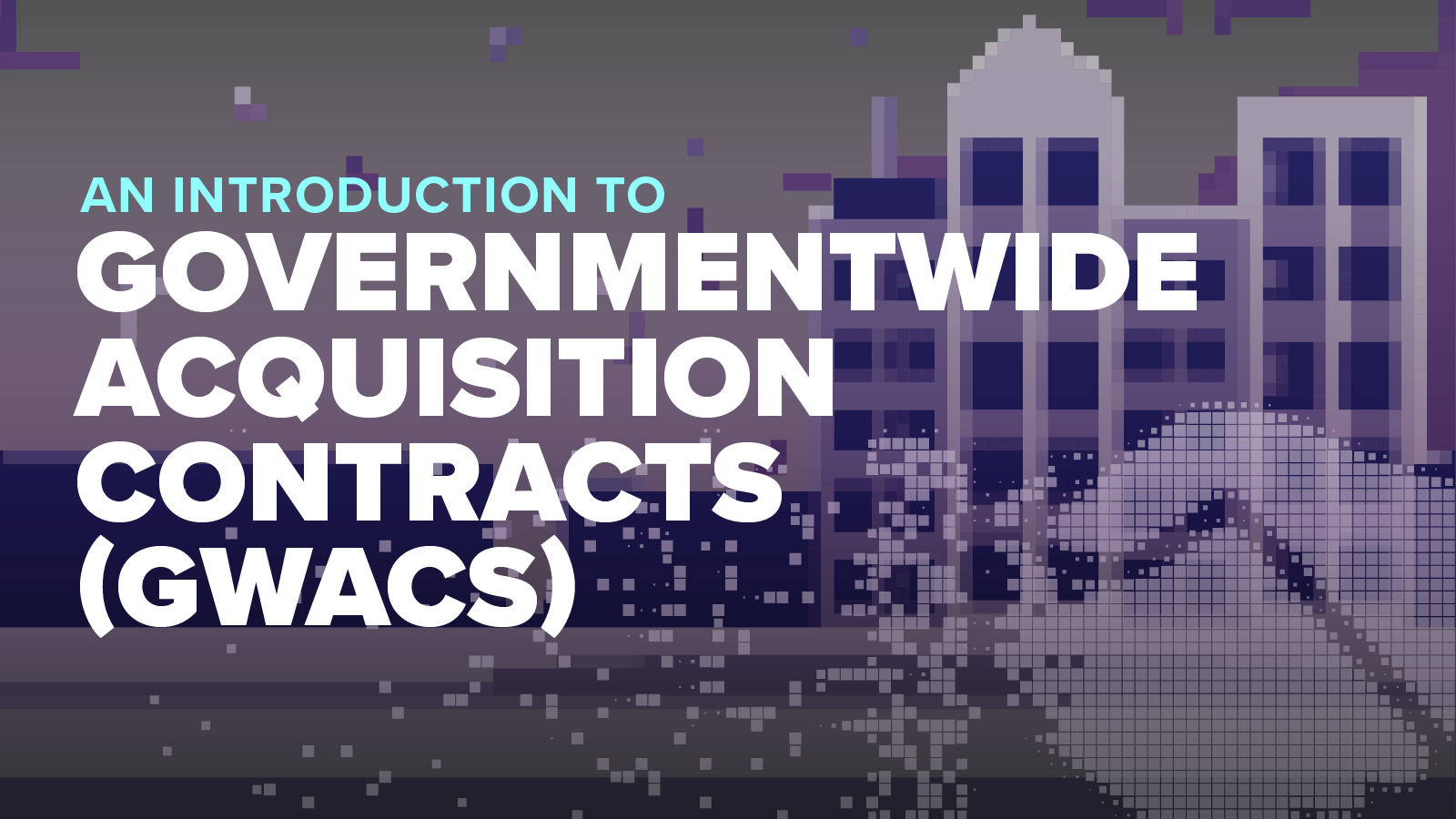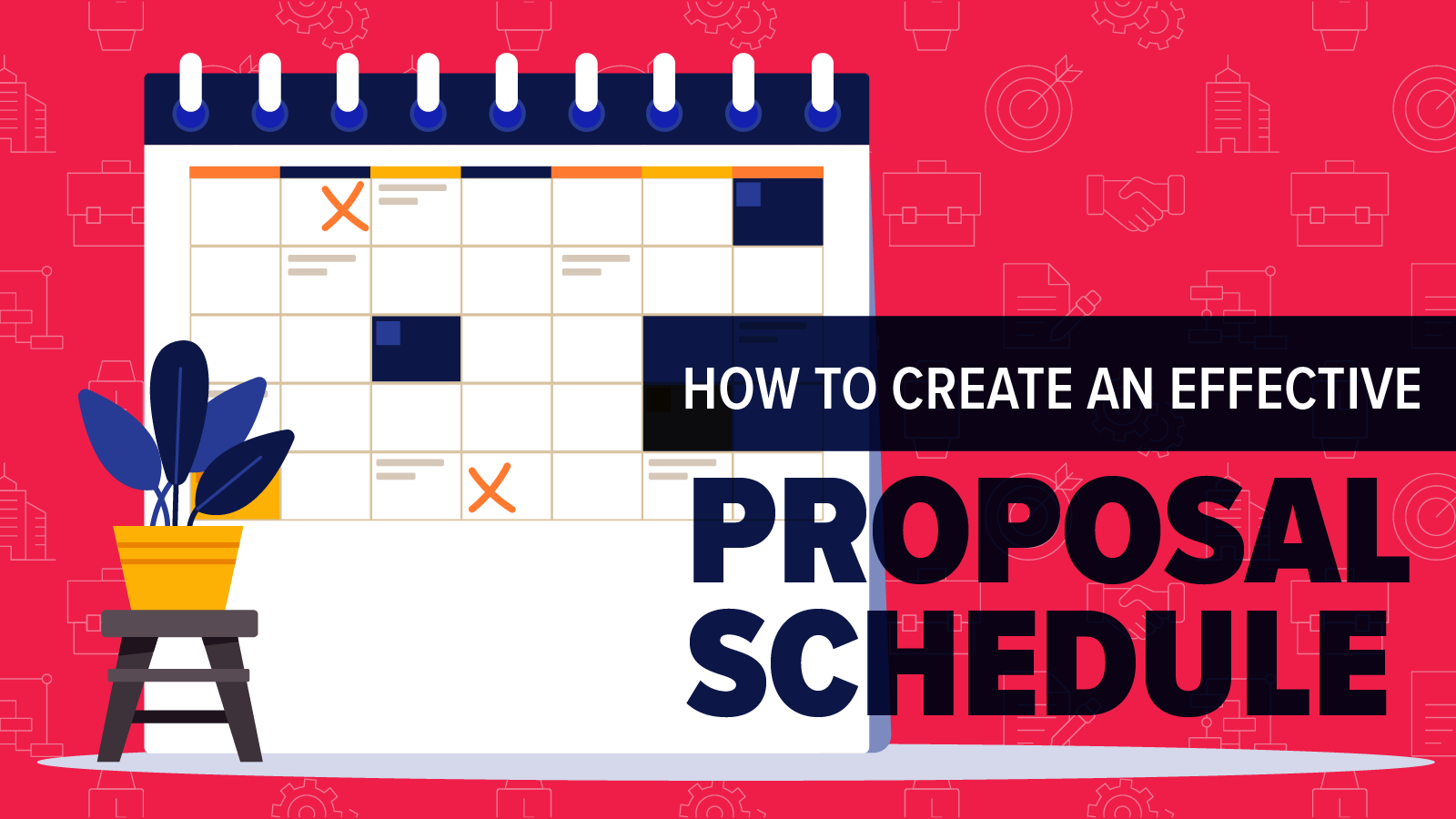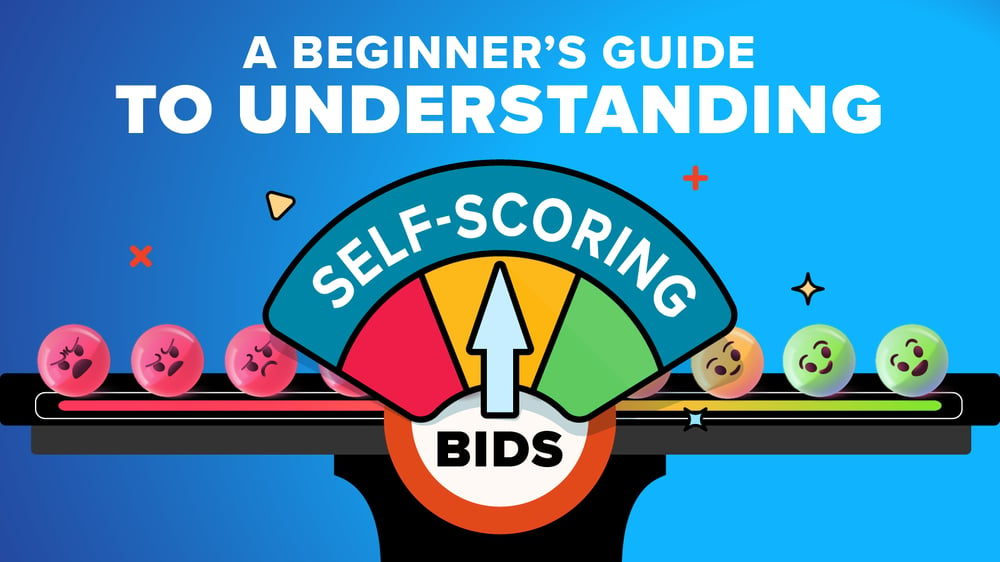
The number of self-scoring solicitations is increasing each fiscal year. Are you planning to pursue these opportunities but not quite sure where to start?
Don’t be overwhelmed or intimidated. Consider self-scoring/self-assessment bids to be large word problems. If you were great with word problems in math class, you might just have a knack for these types of bids.
What is a Self-Scoring Solicitation?
Self-scoring or self-assessment solicitations place the primary workload on the offeror. It is your responsibility to gather all the information necessary to support your score. The structure of these bids enables the Government to narrow the list of approved contractors through compliance, score, and proper evidence to substantiate your score. Depending on the requirements of each solicitation, the Government will designate a number of the top-scoring offerors to on-ramp or any offer meeting/exceeding a minimum score will on-ramp.
The purpose and structure behind self-scoring bids are to be "protest-proof." They are based on objective documentation provided by bidders to back their final scores.
The following opportunities are common and/or visible contract vehicles that use self-scoring/self-assessment solicitations as part of the procurement process.
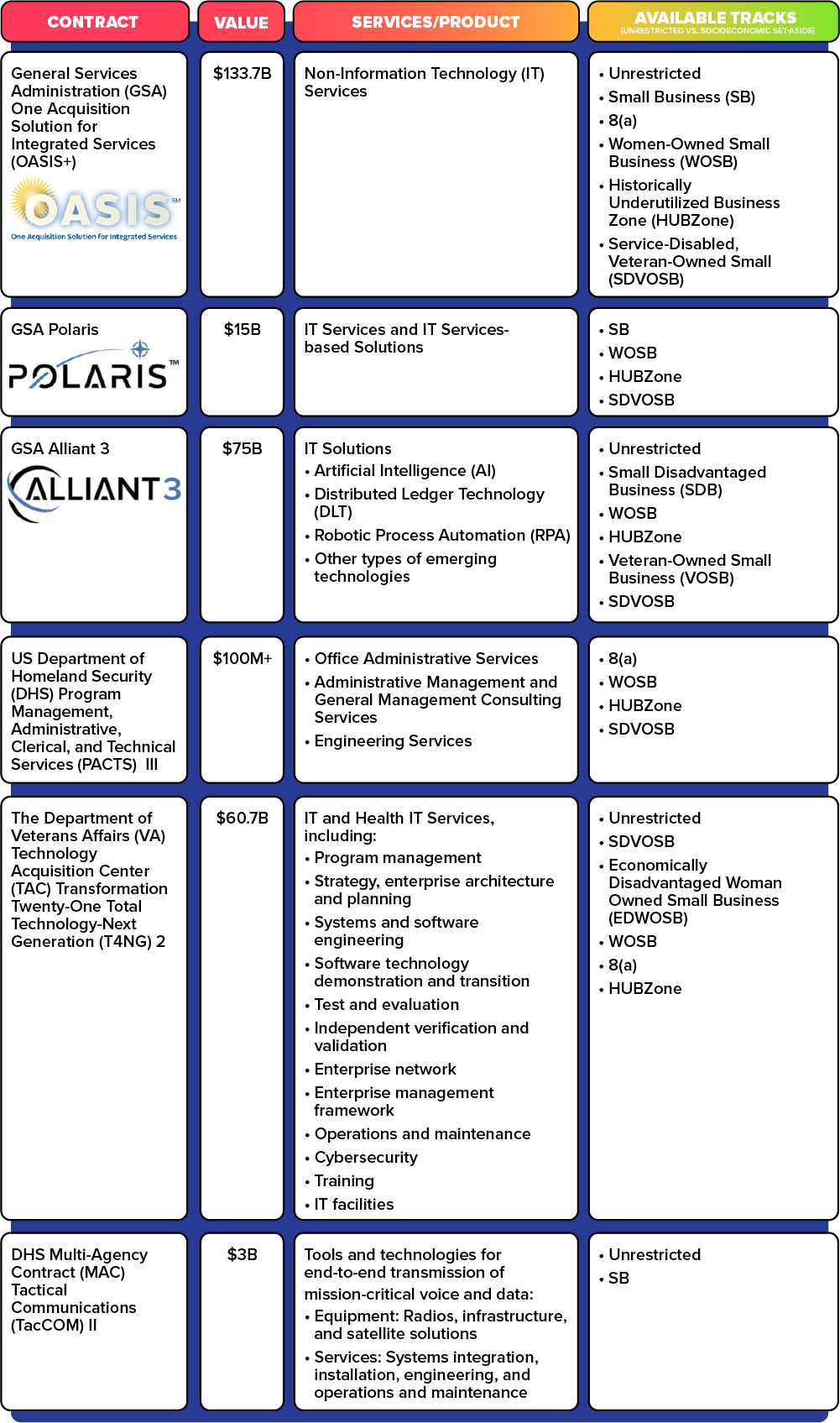
How are self-scoring/self-assessment solicitations typically different from other proposals?
Self-scoring/self-assessment solicitations are not your “standard” proposal response. These types of bids purposely rely on points, evidence, and a consistent submission structure to eliminate bias and create as straightforward of an evaluation process as possible—clean-cut and clear.
- Template: Use the forms/sheets provided to you by the Government. These forms make the submitted responses consistent for evaluation allowing the Government to focus on the facts and supporting documentation.
- Responses/Approach: To achieve the maximum number of points in each evaluation area, you must clearly prove your experience or points using the appropriate documentation deemed acceptable by the solicitation requirements.
- Scoring/Evaluation: Depending on the point structure and selection process, you can follow different strategies.
- Strategy 1: If the bid clearly states "X" number of the highest scoring contractors will make the cut, then your team’s focus will be to achieve the maximum number of points or as close to the maximum number as possible.
- Strategy 2: The other option, which is the one we’re currently seeing on the OASIS+ bid, is a minimum number of points you must achieve to on-ramp. So long as your company meets the minimum required points, you earn a spot on the contract.
Common challenges or misunderstandings associated with self-scoring/self-assessment solicitations:
As you approach the release of a final RFP, there are some challenges to be aware of that will impact your ability to gain the most points: lack of preparation, lack of organization, and lack of experience or evidence. Many of the challenges you may encounter can be avoided by keeping these three things in mind:
- Get started early: Yes, achieving the greatest number of points is important, but you must have the appropriate documentation to support your score. This documentation can be time consuming to gather. If you have waited until the final RFP release to begin gathering your supporting information, you are putting your team at a disadvantage. It’s not impossible to gather everything in time for submission, but it is definitely challenging.
It might sound obvious; however, getting as far ahead of the final RFP release as possible is a simple best practice you can implement. Being ahead of the final RFP gives your team more time to find the appropriate supporting documentation, address weaknesses or gaps, and increase your initial score prior to submission. With enough time, your team can identify ways to increase the score. Consider the following options:
- Certifications: Are there additional certifications you can achieve by the time of submission?
- Systems/Tools implementation: Are there internal systems and/or tools that your team can implement to qualify for additional points by the time of submission?
- Teaming: Is there a company or companies you can team with to address the areas of weakness or gaps in your current experience or evidence?
- Organization of supporting documentation: Your documentation must support your points. If you cannot gather the appropriate documentation, you can only allot yourself points for the evidence you can submit. Does your company have supporting documentation and information readily available or located in an organized manner/system? This type of organization is key to ensuring you can pull all the information you need to obtain the highest score or the appropriate level of points to on-ramp.
Being very organized in how contractual documentation is stored is another best practice. Having a grasp of the Statement of Work (SOW) areas covered on relevant contracts (or a way to search this), including an easy way to find Contractor Performance Assessment Reports (CPARs), Electronic Subcontracting Reporting System (eSRS), etc., for these contracts is immensely helpful. This level of organization enables your team to gather evidence efficiently and be decisive when selecting relevant contracts/past performance.
- Teaming: If you find yourself lacking the appropriate number of points or are looking to gain points in a particular area, consider teaming with a partner that has strengths in this area (if allowable by the solicitation). By performing a practice or initial self-assessment exercise, you will have a better idea of your potential gaps/weaknesses. Using the practice or initial self-assessment exercise as a guide, your company can identify potential partners that address these weaknesses and increase your overall score.
How can you prepare?

The key to preparation success begins during the draft RFP phase. You can make your job easier when you execute as many tasks as far in advance as possible. Follow the steps below to prepare your company for the final RFP release:
- Review previous iterations of the solicitations to start getting your “ducks in a row” before any draft materials are released. The previous iterations allow you to understand the type of information you’ll need to gather.
- Submit questions and provide feedback during the windows set by the Government.
- Review draft solicitations once they are released. Much of the draft RFP phase is spent pulling the contractual documents, SOWs, CPARs, eSRS, etc. that you will need to validate your points. Take the time to review all supporting documentation to highlight the relevant portions to include as proof of your scores.
- Perform reviews of the documentation during the draft phase with your team to make sure the correct references are pulled to maximize the score (e.g., depending on the weight of scores, a reference that is slightly less relevant but has higher overall CPAR scores and meets small business goals might be better than a more relevant contract with lower CPAR scores and that did not meet small business goals).
- Perform initial assessments of your current status to see how you score.
- Consider some of the strategies and best practices above to help you increase your score. These suggestions are best explored and completed during the draft solicitation phase. They can be time consuming depending on the number of options and strategies you are considering.
- Begin preparing your response, tallying your score, and gathering supporting documentation during the draft RFP phase—gathering of supporting documentation takes time, which can also be dependent on the organization of your records management system.
Keep in mind: Your documentation has to support your score or you’ll have to adjust your score based on the documentation/proof you have available or can find .
- Once the final RFP is released, review and update your prepared documentation and information, as appropriate, to align with the requirements.
Conclusion
More and more work is being pushed through these contract vehicles procured through self-scoring proposals. You want to give yourself the best chance to not only on-ramp onto the contract but to ultimately bid on the task orders (TOs) released under these vehicles. That’s where the work is won! To increase your chances of on-ramp success, do not wait until the final RFP is released to begin preparing your documentation and information.
Get ahead of the opportunities, prepare, and begin working as early as you can. The more time you have to gather the required documentation and maximize your scoring potential, the better your chances of successfully landing a slot on these types of contracts.


